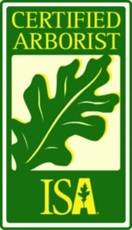Trees may die or fall ill from many causes, but it is important to be able to differentiate between the two and act in time enough to rescue your life, your family members’ lives, and your property. Use this simple guide to determine the problem and understand what comes next.
Dead or Dying Tree? Quick Checklist for Tree Health Issues
- Does your tree have many dead branches?
- Is there excessive peeling bark?
- Do mushrooms or fungi grow on the ground?
- Are leaves missing, wilted, or falling prematurely?
- Are you able to scratch a branch and still see green underneath?
If you are able to say “yes” to one or more, your tree is probably sick.
Step-by-Step Tree Inspection: Spot a Dead or Dying Tree Early
1. Inspect Leaves and Branches
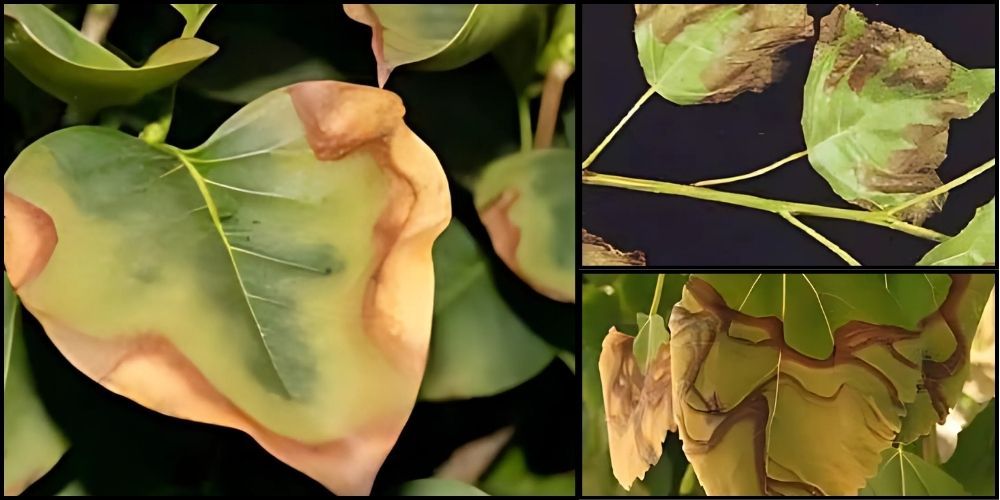
Healthy trees bear hard, green leaves during growing seasons.
Warning signs: Yellow/brown leaves, leaf fall, or branch exposure.
2. Inspect Bark and Trunk
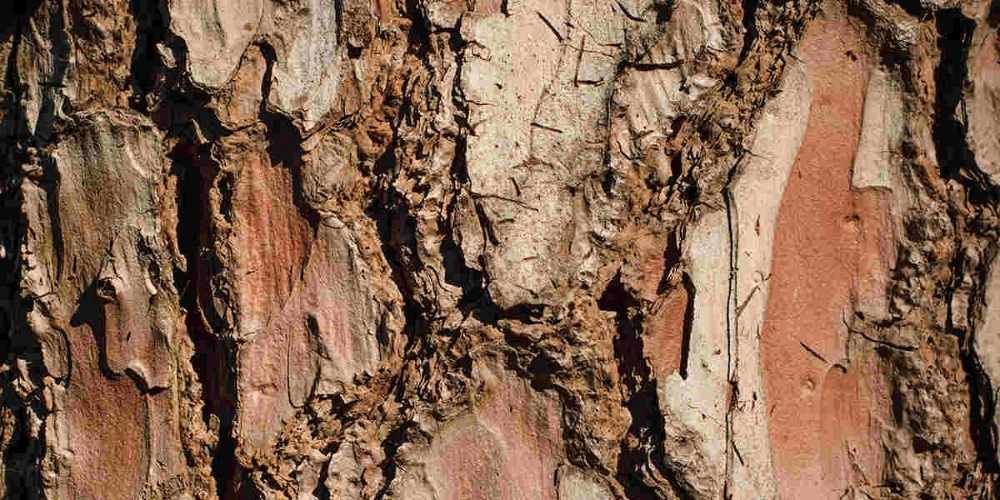
Peeling or loose bark, cracking, is usually something is amiss. Holes where there are extensive areas of missing bark is basically problems. Inspect deep cracks, splits, or large wounds on the trunk.
3. Inspect Mushrooms or Fungi
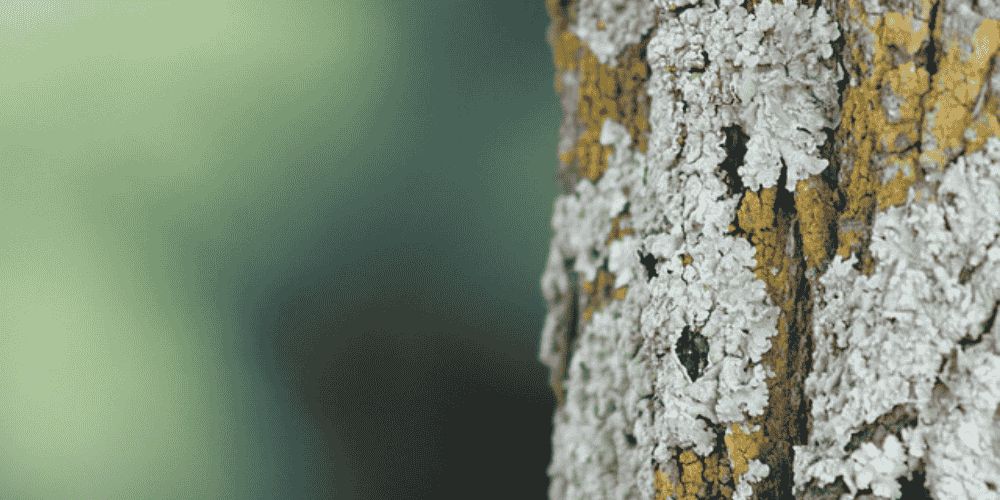
Shelf fungi or mushrooms at or near ground level usually indicates that the tree is dead or dying from the inside out.
4. Economize Scratch Test
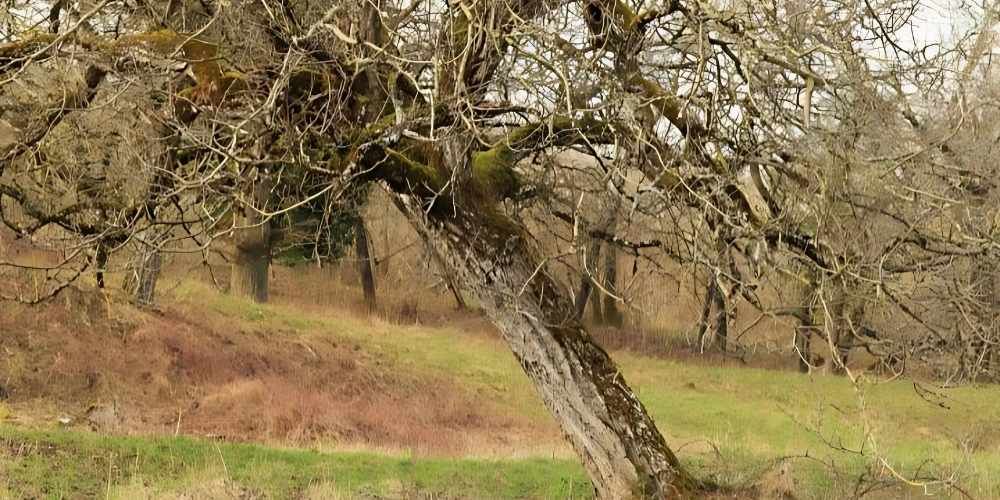
Scratch little branch with fingernail or pocketknife. Green underneath bark? The branch is living. Brown, dry, or broken? That part is dead. Inspect on a few branches, not one.
5. Inspect Roots and Soil
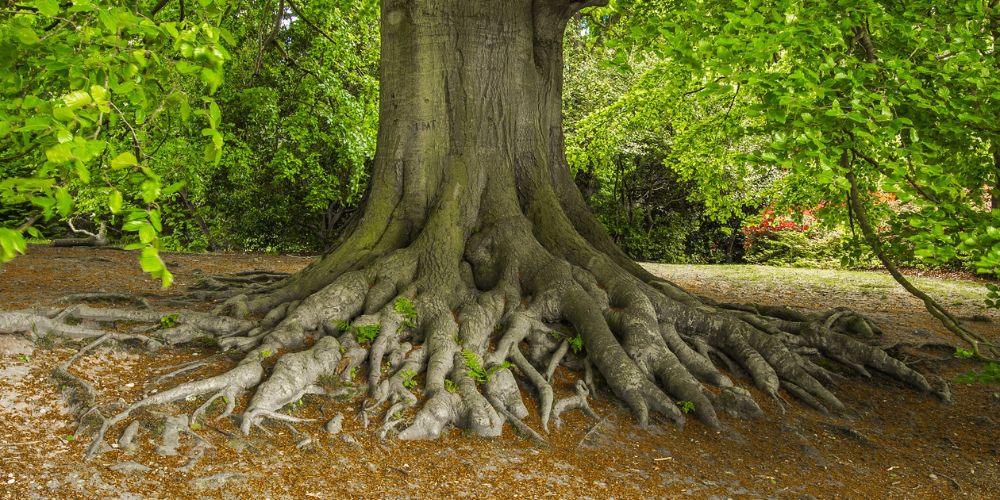
Heaved soil, roots exposed, or leaning—particularly following a storm or wind—can indicate weakened or damaged roots.
Mushrooms growing near the roots are sure evidence of something being wrong.
Dead Tree vs. Sick Tree: Know the Key Differences
Dead Tree:
No healthy buds or leaves under the bark on any branch, no healthy leaves remaining, major trunk/bark damage, many mushrooms on the ground. Dead trees have to be taken down at once and cannot be saved.
Declining/Sick Tree:
Some healthy components remain, maybe only some dying branches, some new buds or leaves, or some occasional bark damage. These can be saved with help.
Everyday Tree Care Tips: What to Do When Your Tree Looks Sick
- My tree is not growing leaves in spring: Scratch test. If there is no green on any of the branches, the tree is dead.
- I have mushrooms on the ground: Call a professional immediately. Fungi equals rot on the inside.
- A tree leans against the house after a storm: not good. Leaning + root movement = danger of falling. Call a professional arborist ASAP.
- Half the tree looks only ill: remove dead branches and take a look. But look for other symptoms too.
When to Call an Arborist
- You notice mushrooms or softening of roots or trunk.
- The tree begins leaning suddenly, or dirt piles up.
- Branches are dead or large, or the tree suffers unwarranted bark damage.
- You remain doubtful after checking the symptoms.
Year-Round & Seasonal Tree Care Tips
- Spring: Inspect for emerging leaf cover and buds. Take out dead branches ahead of time.
- Summer: Inspect for drought stress (folding leaves, yellowing).
- Fall: Clear fallen leaves, inspect for fungus, trim where needed.
- Winter: Inspect for splits after storms, inspect for branch damage.
In order to get a detailed year-round calendar of care, check your local co-op extension or a good tree care website.
Be sure to check out this blog as well: Fastest Growing Trees for TX Landscapes
Tree Care FAQ: Identifying Sick or Dead Trees
Q: What is the “scratch test” and how do I use it?
A: Scratch a small piece of surface bark with your fingernail on a branch. If you see a little green, the branch is alive. Brown, check another branch.
Q: When do I call an arborist?
A: Call if you see mushrooms on the ground, large parts with shed bark, leaning heavily, or many dead branches.
Q: Should I be able to repair a sick tree on my own?
A: Occasionally! Cut out the dead branches if only small areas are involved, water during drought, and never injure the trunk. For widespread damage or root issues, always hire a professional.
Q: Why do trees get ill or die?
A: Drought, storm damage, root damage, insects, disease, age, and are some of the widespread reasons.
Conclusion
Early accurate diagnosis and treatment are extremely important processes in tree care. You must check your trees regularly to inspect them for signs of stress; thus, you must hire the services of professionals whenever you require them. Tree Amigos Tree Service offers dependable tree care services to residents in San Antonio and Boerne. The neighborhood arborist offers professional tree health evaluations and tree inspections, as well as professional tree removal.
If you’re looking for tree removal services near me, our staff will conduct accurate evaluations and create personalized treatment plans to maintain tree health and safety. Call Tree Amigos right now to receive all necessary tree care services.



